Key Takeaways
- Klingons value an honorable death to enter Sto-vo-kor, not fearing death like humans.
- Only honored dead enter Sto-vo-kor, where they reunite with loved ones.
- Dishonorable dead go to Gre’thor, suffering eternal damnation.
Of all the alien species in the Star Trek universe, the Klingons are one of the most culturally complex. They have an elaborate belief system, The Way of the Warrior, that dictates how they approach every major milestone in life as well as death. Those belief systems are based on an immense canon of mythology about how the Klingons came to be, the great battles their ancestors fought, and the heroes of those battles. Some of these myths were written down, but for the most part, Klingons passed on their belief systems through storytelling and song.
Unlike many human cultures, which are rooted in a fear of death and motivated by its prevention, Klingon culture teaches them not to fear death. The Klingon aphorism “Today is a good day to die,” reflects the fact that an honorable death is something that all Klingons strive to achieve so they can live forever in Sto-vo-kor.
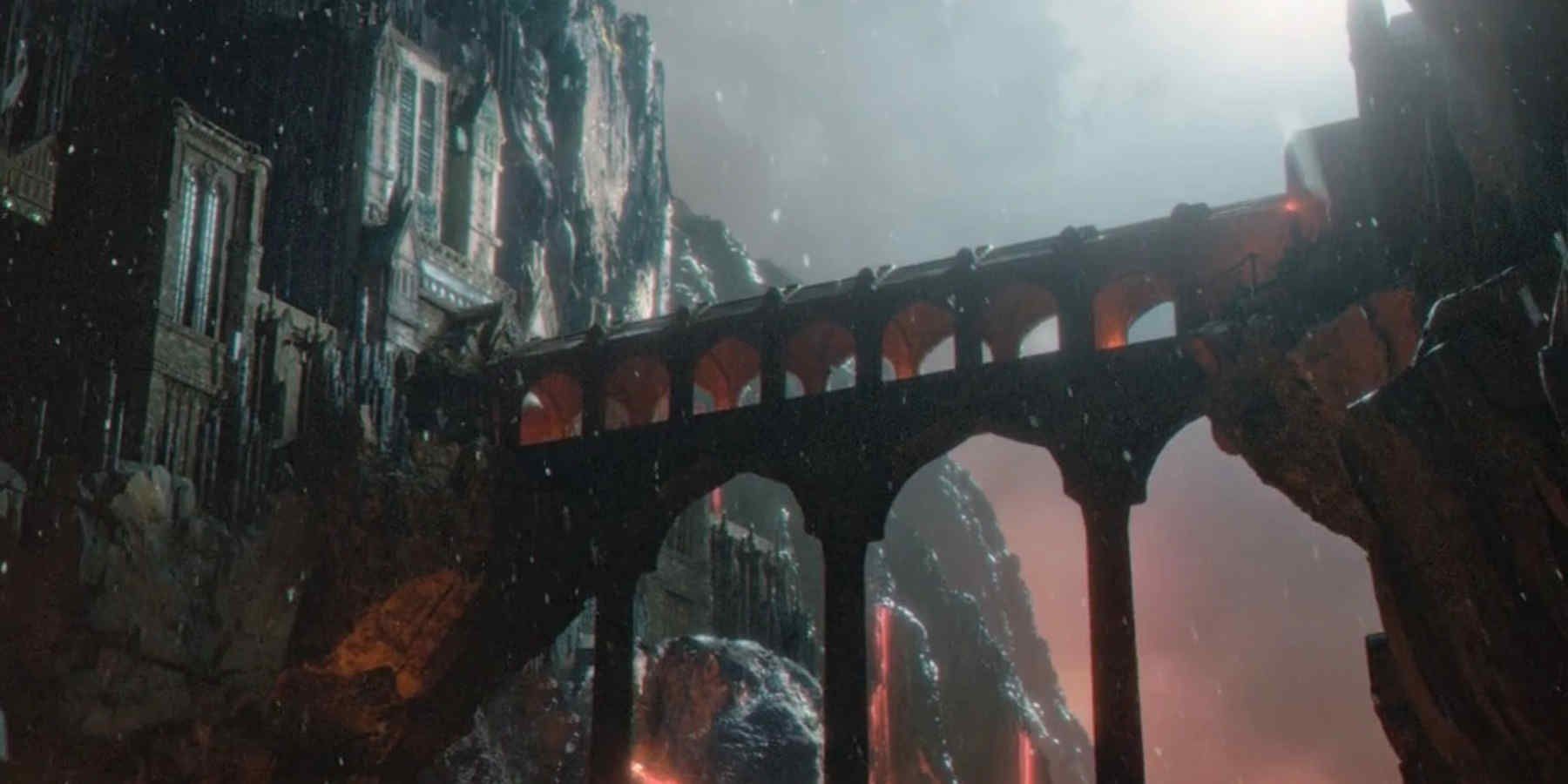
Related
Star Trek: Klingon Religion, Explained
Klingons are known throughout Star Trek for their dedication to traditions of battle and comeradeship. How does this apply to religious practices?
What is Sto-vo-kor?
Like most cultures, Klingons believe in life after death. While many humans believe that their actions in life determine where their soul goes in the afterlife, Klingons believe that the way they die determines how they will spend their afterlife. Klingons who die in battle or while performing a feat of heroism go to the Hall of Heroes in Sto-vo-kor.
Klingons believe that the gates to the Hall of Heroes are guarded by Kahless the Unforgettable, the founder of the Klingon Empire. When a dead Klingon warrior is granted entrance to Sto-vo-kor, they join the Black Fleet and spend eternity with Kaless, waging battles they always win and feasting after every victory. Klingons believe that they can reunite with dead family members and friends in Sto-vo-kor. This aspect of the Klingon afterlife bears many similarites the Norse afterlife, Valhalla.
The Honored Dead
Of course, only the honored dead may enter Sto-vo-kor. The easiest way to achieve an honorable death is to die in battle defending the Klingon Empire. However, there are other ways to earn entry. A Klingon can sacrifice their life to protect the Empire or other Klingons. They can prove their prowess in battle by dying in a duel. They can ask another Klingon to perform a Mauk-to’Vor ritual and kill them, so that they die by the hand of another Klingon. Finally, a member of their family can engage in a battle or complete a heroic quest to earn the dead Klingon’s entrance to Sto-vo-kor, as this proves that the dead Klingon inspired greatness in others.
When a Klingon dies an honorable death, the surviving Klingons perform a series of rituals to prepare their fallen comrade for Sto-vo-kor. The eyes of the dead Klingon are left open so they can see the path to Sto-vo-kor. All the Klingons who were present at the death roar as loudly as they can, to alert the warriors already in Sto-vo-kor that another warrior is about to join their ranks. Sometimes, they sing a traditional funeral dirge after the roar. Then, the Klingons present at the death practice “ak’voh,” staying with the body to protect it from predators while the soul makes the journey to Sto-vo-kor.
The Dishonorable Dead
When a Klingon does not die an honorable death, they cannot make the journey to Sto-vo-kor. In Klingon culture, there are far more ways to die a dishonorable death than an honorable one. Dying of natural causes, dying by poison, dying during an ambush, dying after committing treason against the Empire, being captured instead of killed, and ending one’s own life are all dishonorable deaths.
Those who die without honor make the journey to Gre’Thor, the Klingon version of Hell, by riding the Barge of the Dead down a river of blood. The barge is piloted by Kortar, the first Klingon, who was condemned to the eternal punishment of ferrying souls to Gre’Thor because he killed the Klingon gods.
On the journey to Gre’Thor, serpentine creatures called Kos’Karii swim in the river of blood, recreating the voices of the dead’s family members and friends to try to lure them off the barge. If they do follow those voices, the Kos’Karii try to pull them off the barge. If they fall into the river of blood, their soul is destroyed forever. Their fate once they get to Gre’Thor is no better. Demons called Fek’lhr guard the gates to Gre’Thor, and they’re charged with torturing the Klingons who arrive there. Just as Klingons who die an honorable death reunite with their loved ones in Sto-vo-kor, they can also reunite in Gre’Thor — but thanks to the torture there, it’s likely a less joyful reunion.
Though it’s extremely rare, it is possible to save a soul destined for Gre’Thor. Kahless journeyed on the Barge of the Dead to save his brother from Gre’Thor, and B’Elanna Torres saved her mother from Gre’Thor by traveling on the Barge of the Dead and offering Kortar her soul in exchange for her mother’s ascendance to Sto-vo-kor.
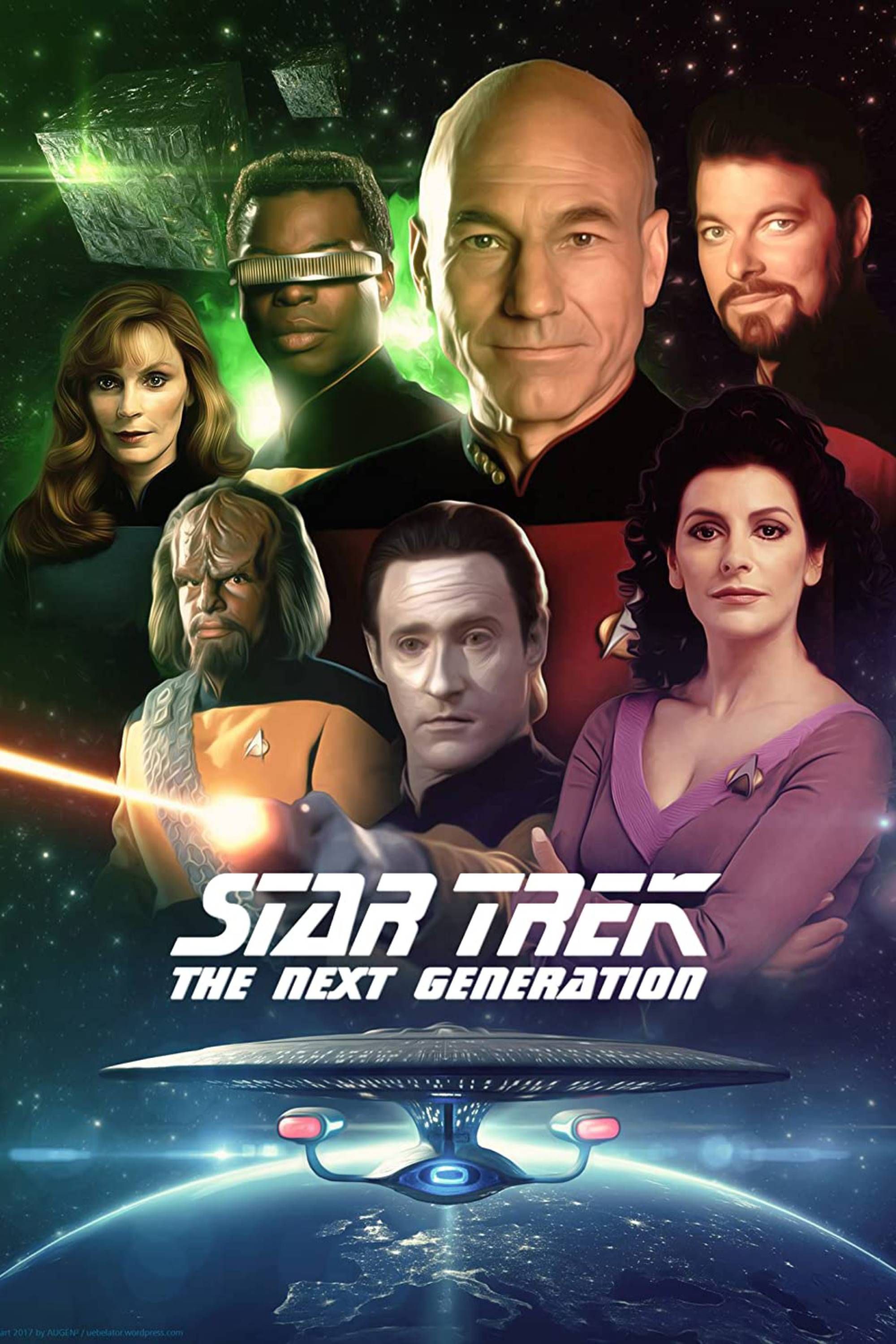
Star Trek: The Next Generation
- Release Date
- September 28, 1987
- Cast
- Patrick Stewart , Jonathan Frakes , Brent Spiner , Gates McFadden , Denise Crosby , Michael Dorn , Marina Sirtis , Wil Wheaton , LeVar Burton , Whoopi Goldberg
- Seasons
- 7
- Creator
- Gene Roddenberry
- Number of Episodes
- 178
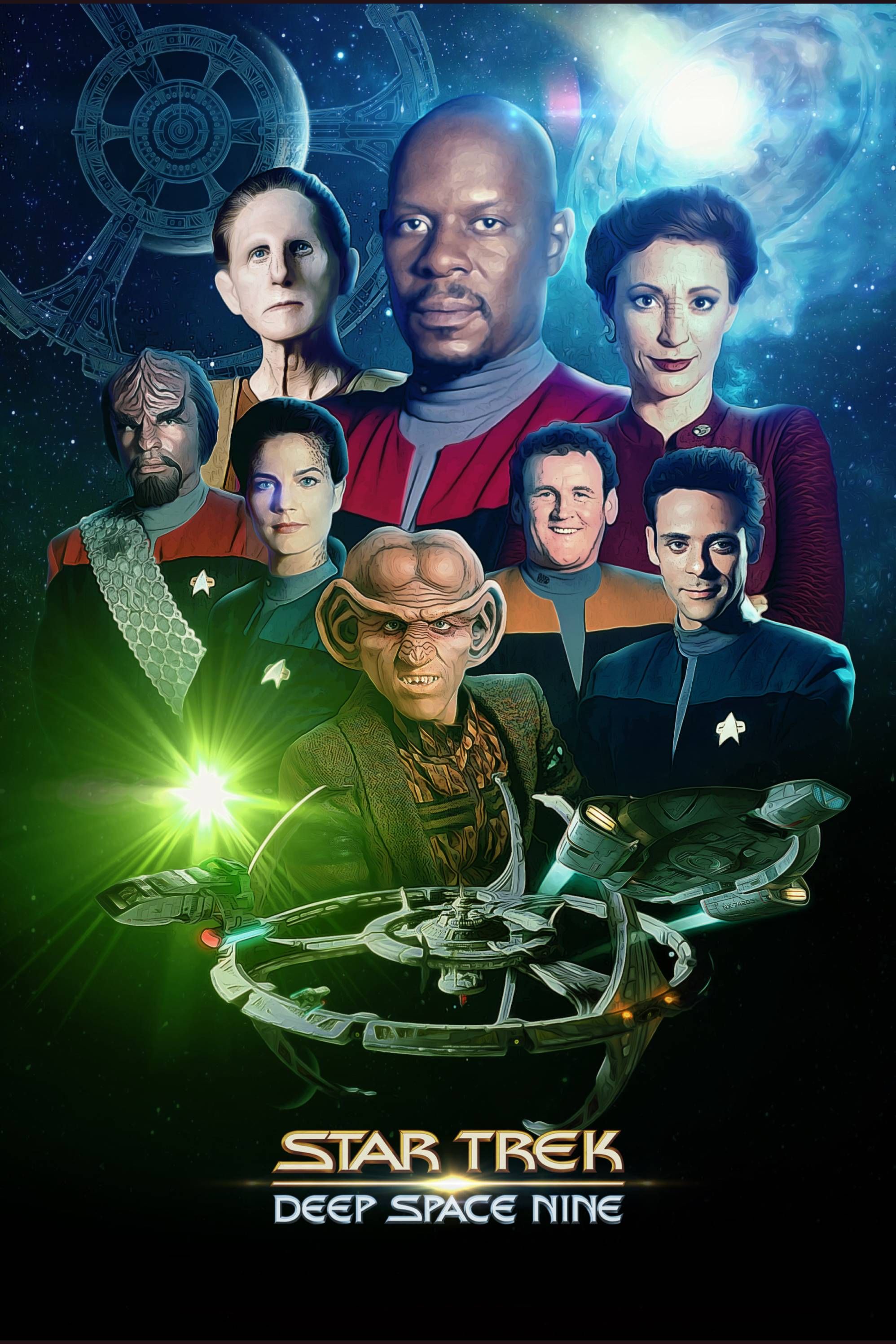
Star Trek: Deep Space Nine
- Release Date
- January 3, 1993
- Seasons
- 7
- Creator
- Rick Berman, Michael Piller
- Number of Episodes
- 176
- Streaming Service(s)
- Paramount+ , Pluto TV


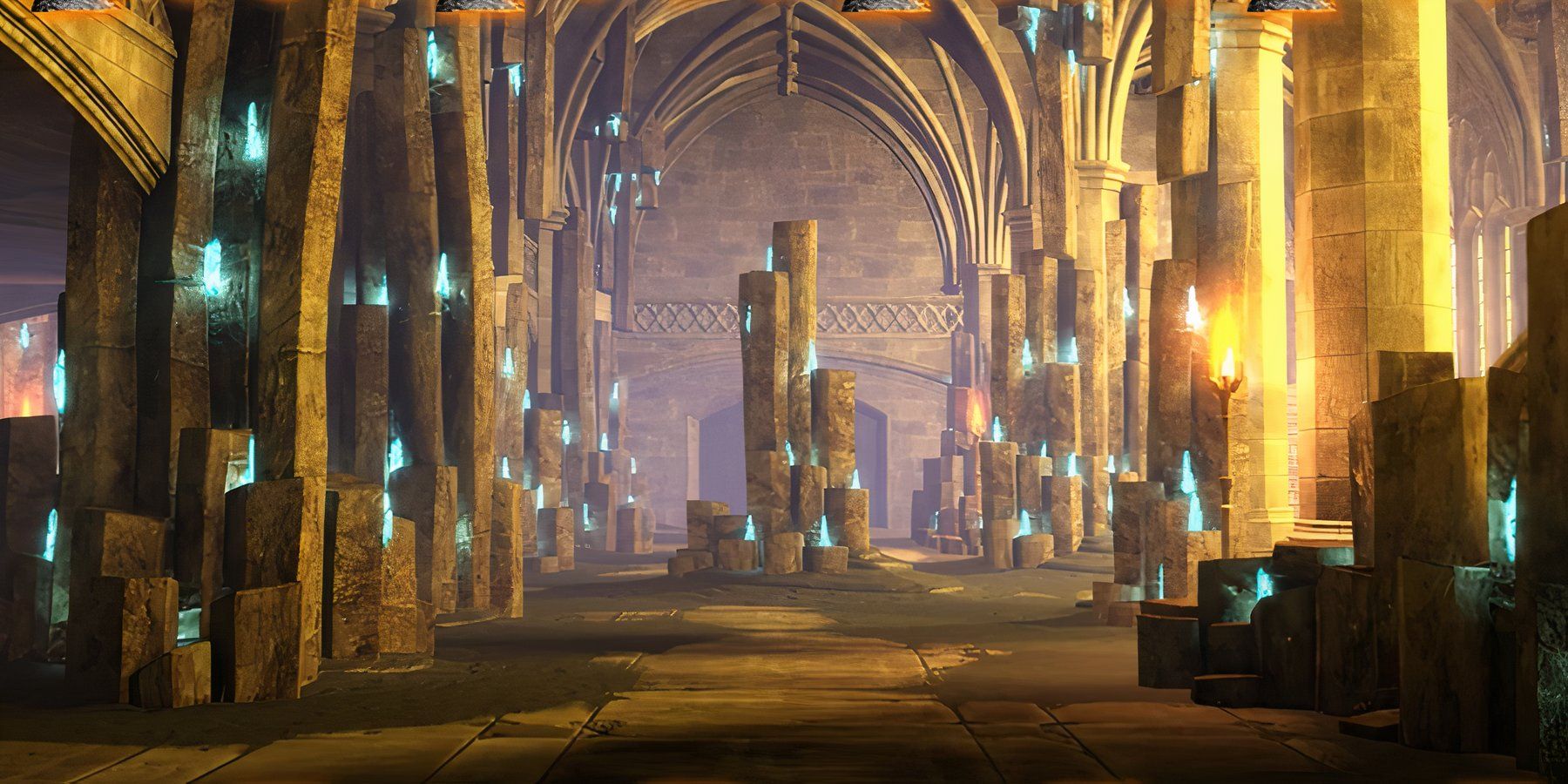
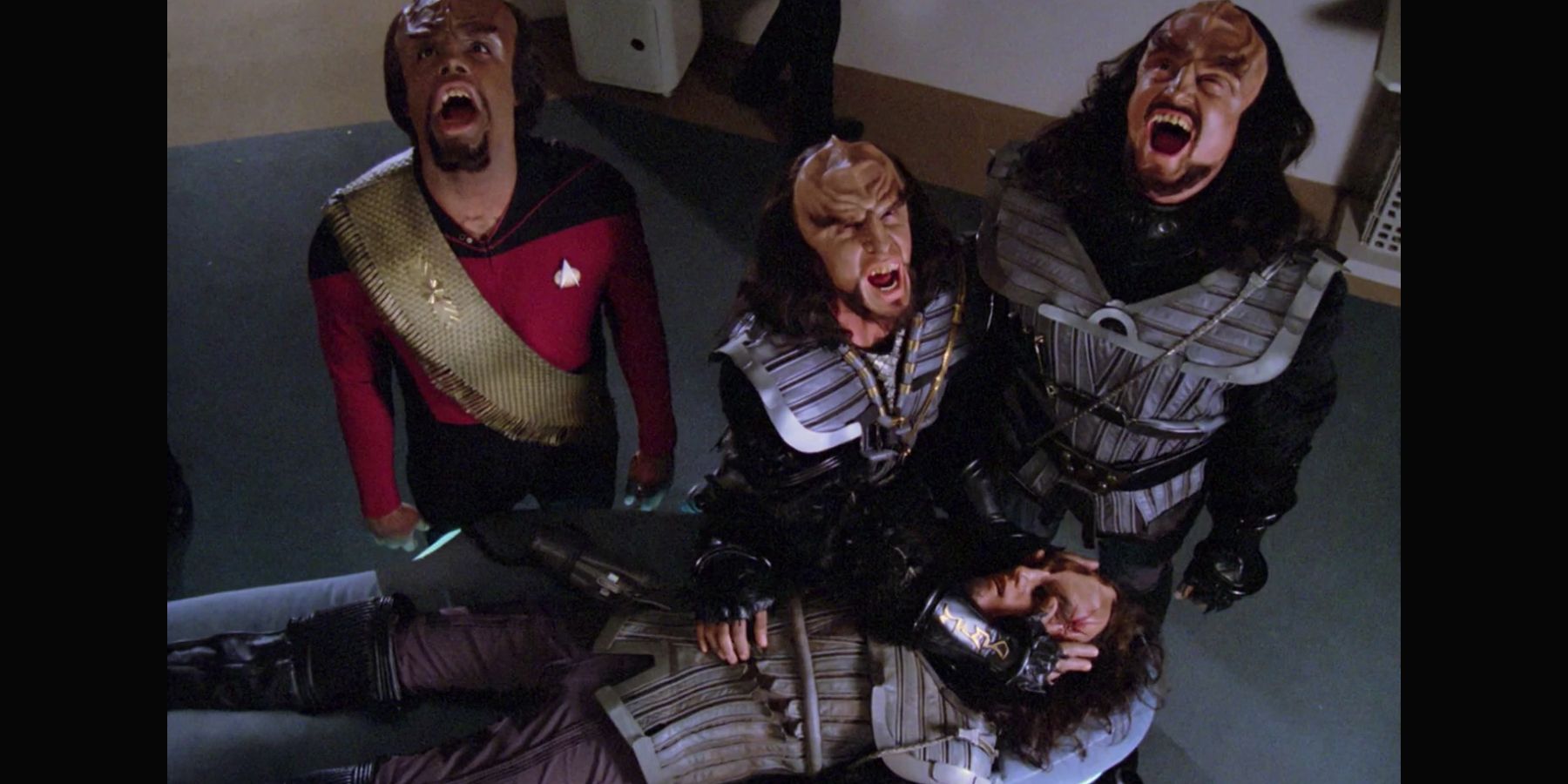
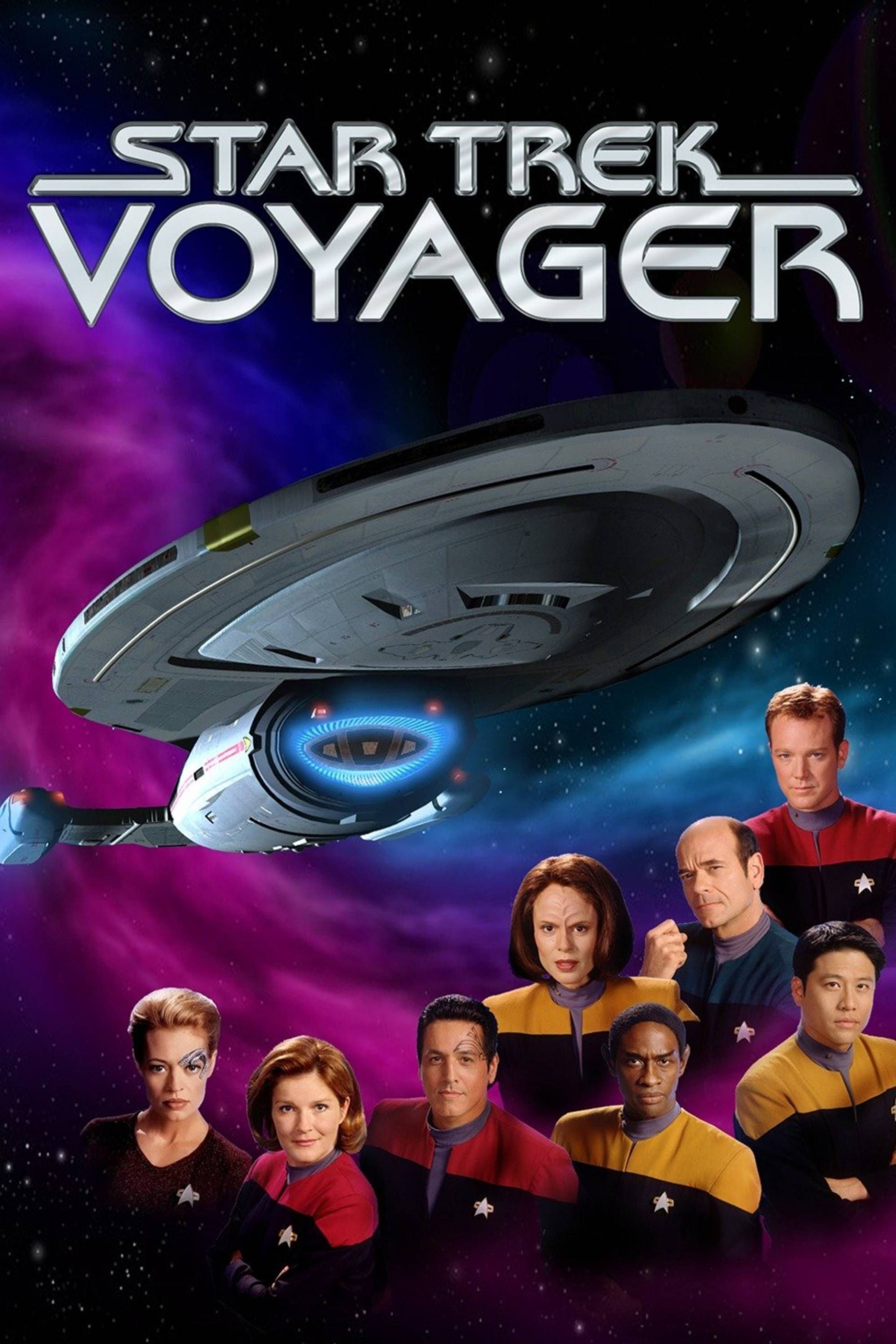
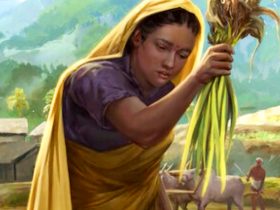

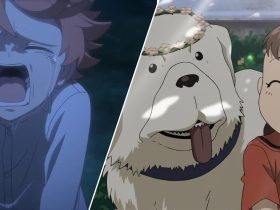
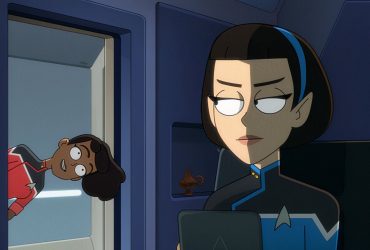
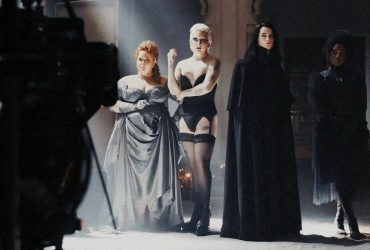


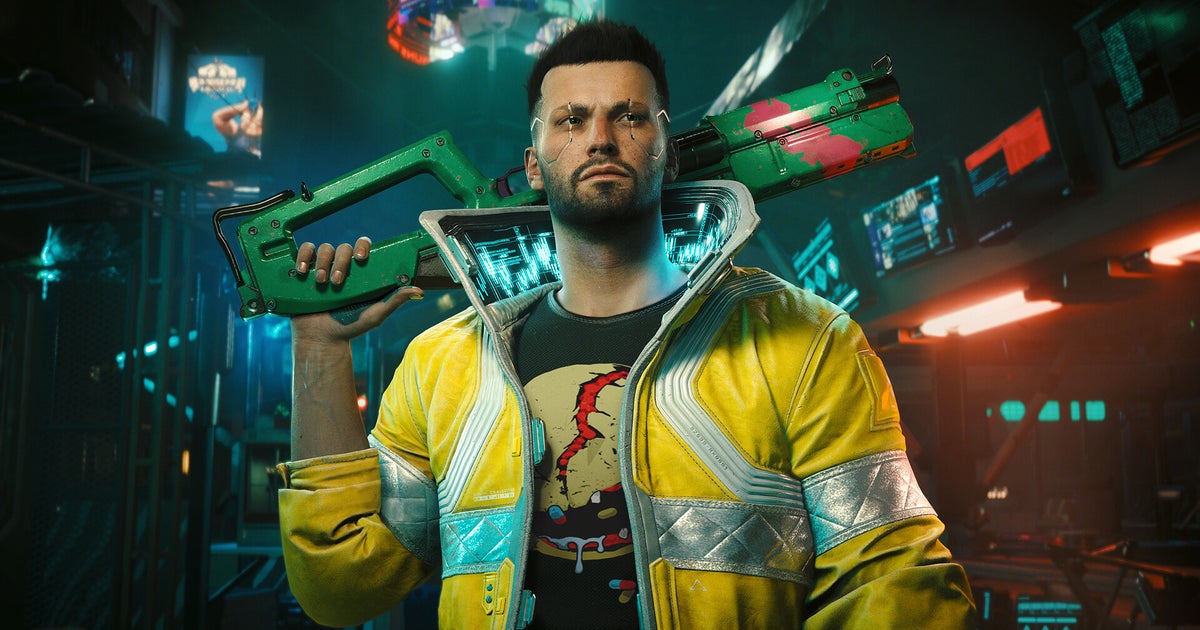

Leave a Reply